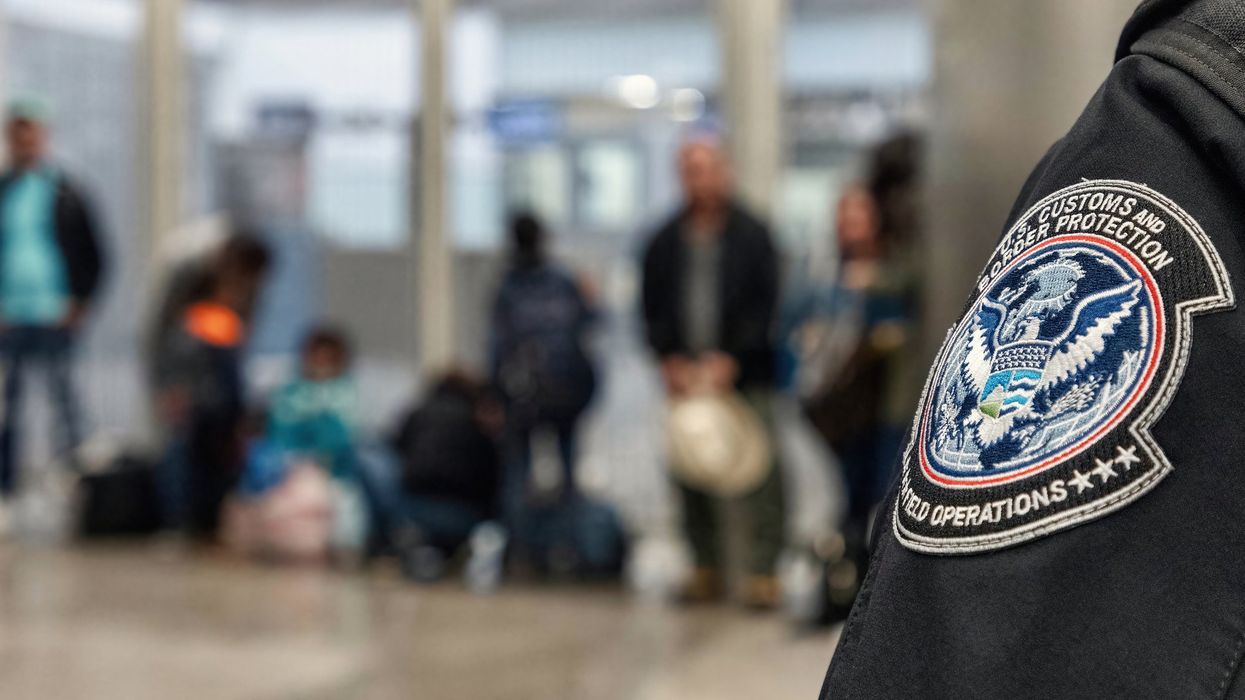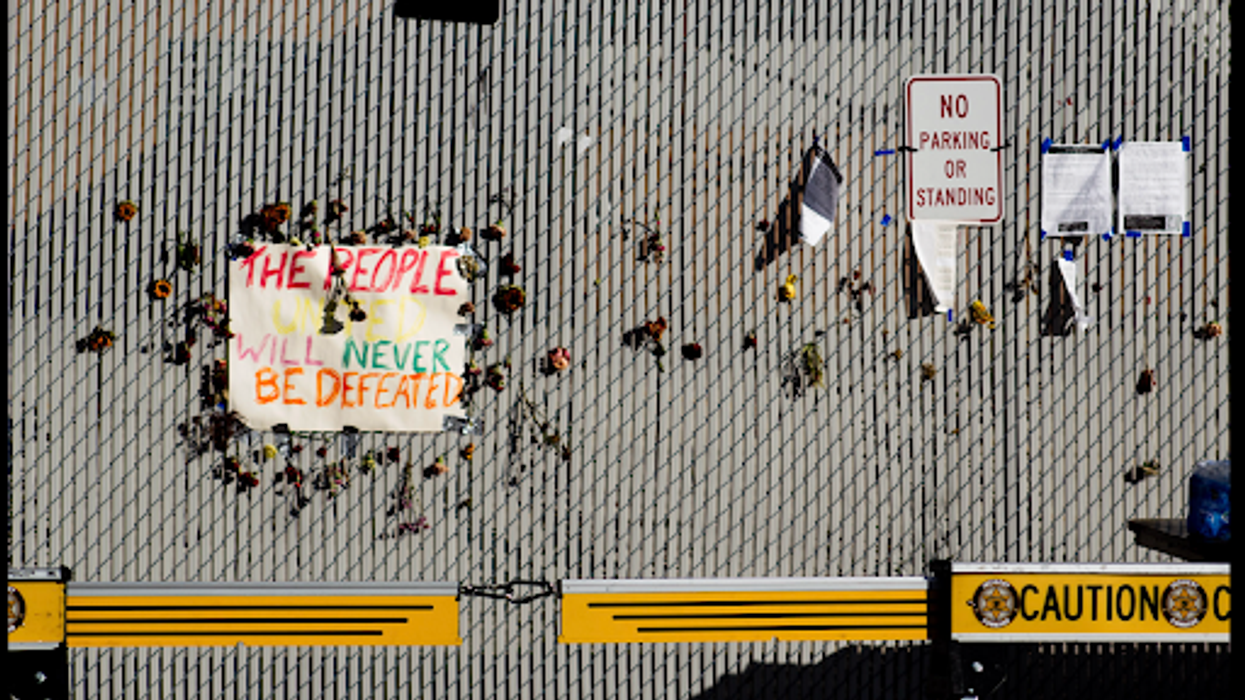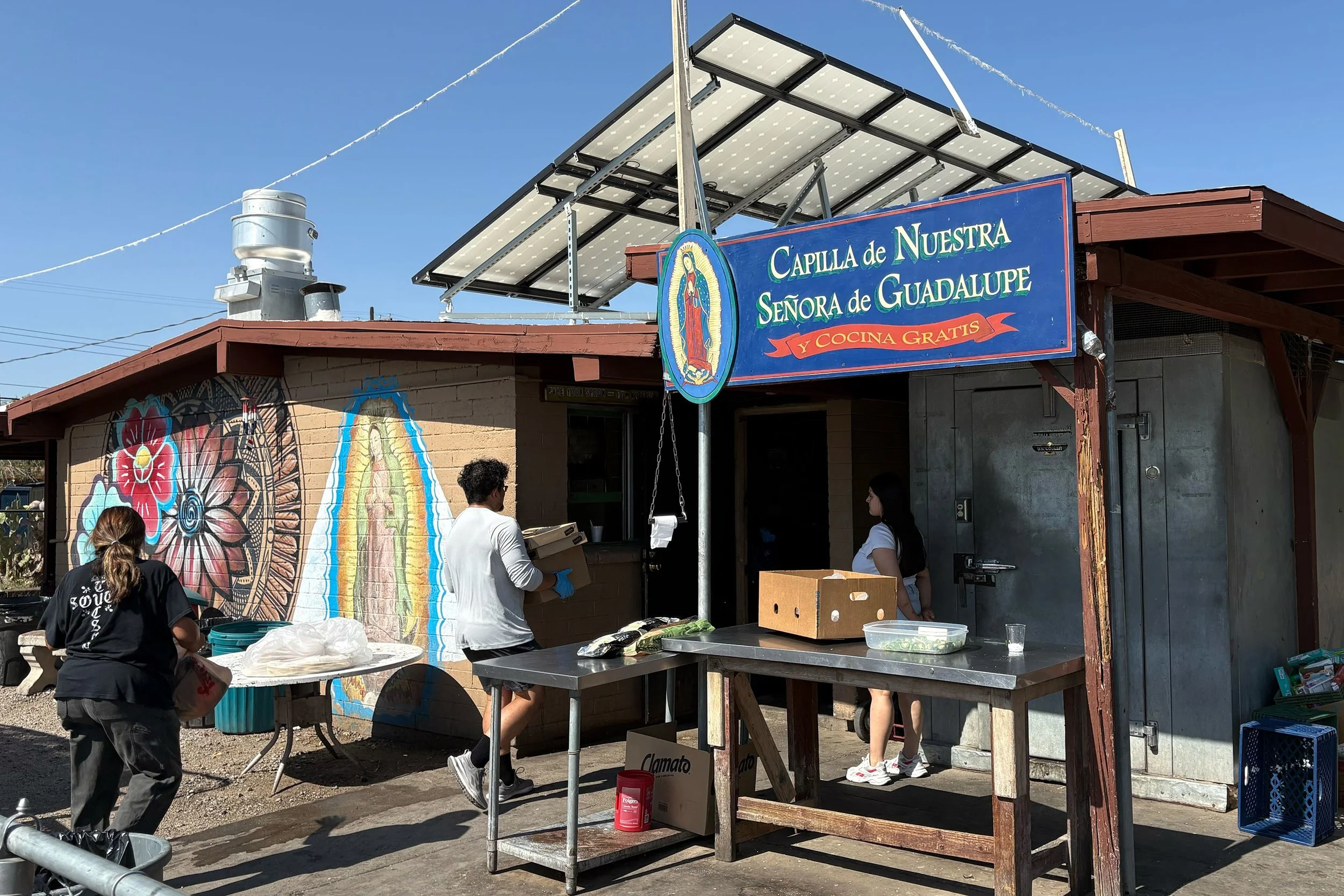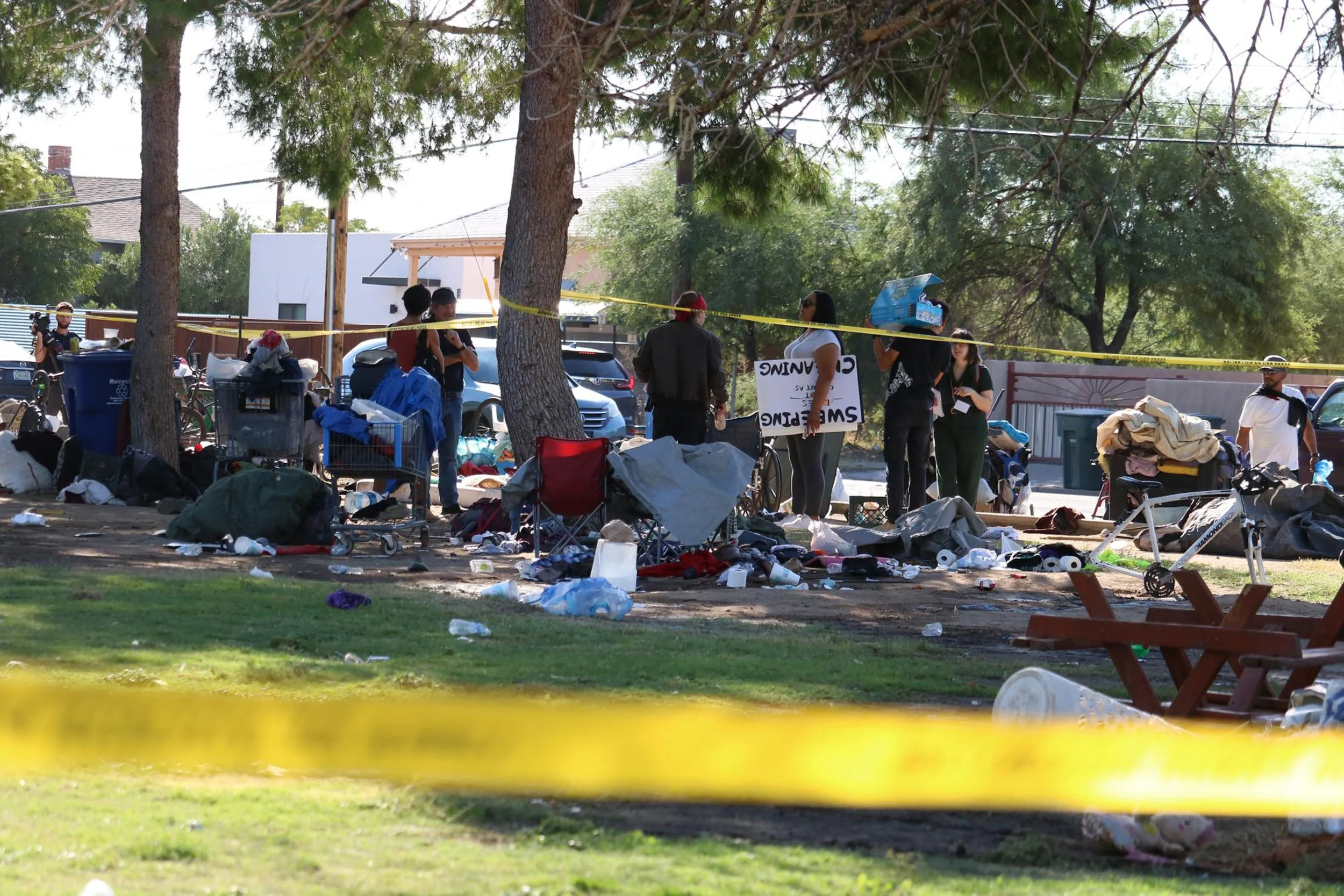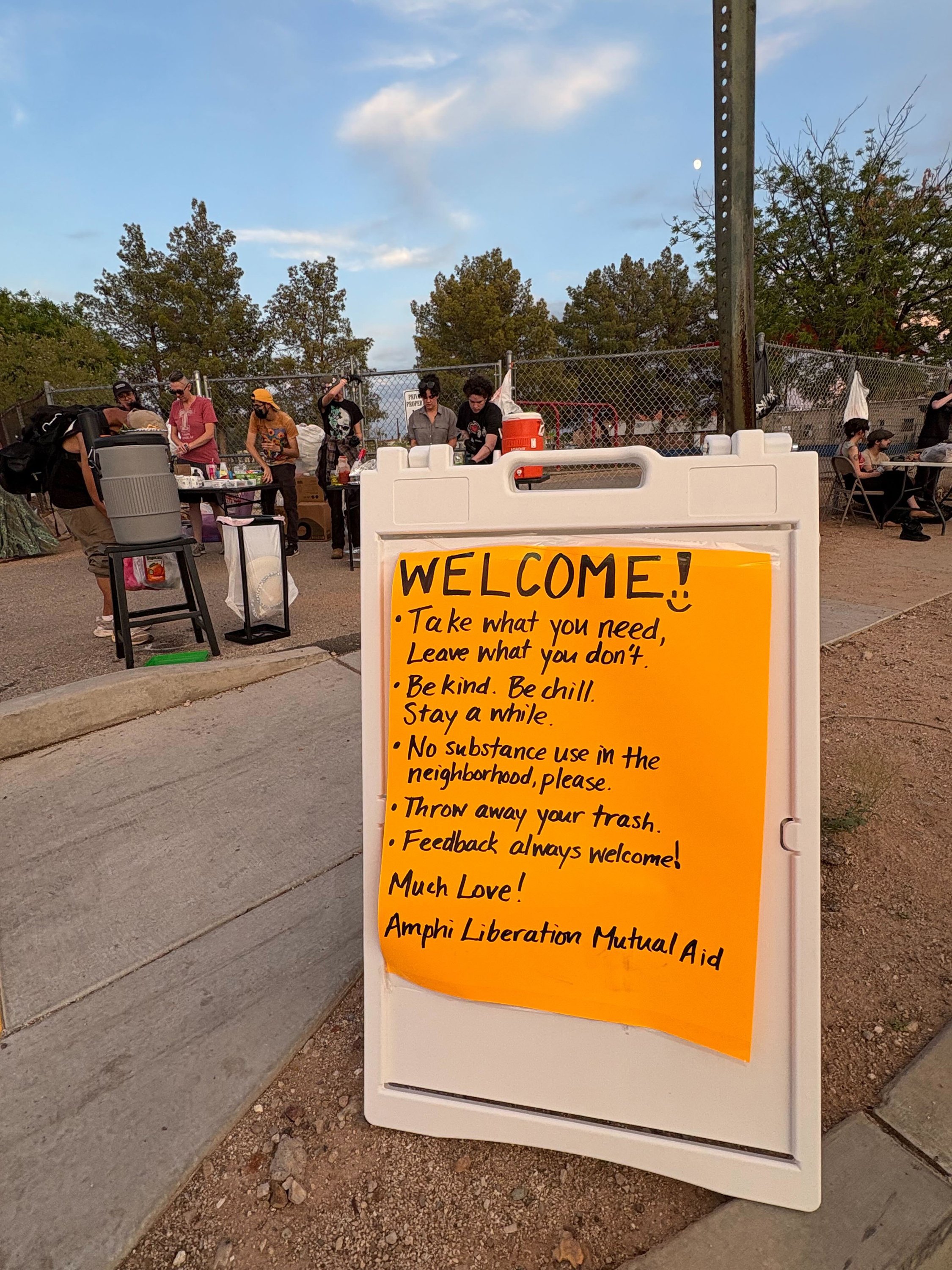As summer 2025 winds down, the Trump administration’s deportation machine is operating at full throttle—removing over one million people in six months and fulfilling a campaign promise to launch the “largest deportation operation in American history.” For supporters, this is a victory lap for law and order. For the rest of the lot, it’s a costly illusion—one that trades complexity for spectacle and security for chaos.
Let’s dispense with the fantasy first. The administration insists that mass deportations will save billions, reduce crime, and protect American jobs. But like most political magic tricks, the numbers vanish under scrutiny. The Economic Policy Institute warns that this policy could destroy millions of jobs—not just for immigrants but for U.S.-born workers in sectors like construction, elder care, and child care. That’s not just a fiscal cliff—it is fewer teachers, fewer caregivers, and fewer homes built. It is inflation with a human face. In fact, child care alone could shrink by over 15%, leaving working parents stranded and employers scrambling.
Meanwhile, the Peterson Institute projects a drop in GDP and employment, while the Penn Wharton School’s Budget Model estimates that deporting unauthorized workers over a decade would slash Social Security revenue and inflate deficits by nearly $900 billion. That’s not a typo. It’s a fiscal cliff dressed up as border security.
And then there’s food. Deporting farmworkers doesn’t just leave fields fallow—it drives up prices. Analysts predict a 10% spike in food costs, compounding inflation and squeezing families already living paycheck to paycheck. In California, where immigrant renters are disproportionately affected, eviction rates are climbing. The Urban Institute warns that deportations are deepening the housing crisis by gutting the construction workforce. So much for protecting American livelihoods.
But the real cost isn’t measured in dollars. It’s measured in broken families, empty classrooms, and quiet despair. The administration has deployed 10,000 armed service members to the border and ramped up “self-deportation” tactics—policies so harsh they force people to leave voluntarily. The result: Children skipping meals because their parents fear applying for food assistance; Cancer patients deported mid-treatment; and LGBTQ+ youth losing access to mental health care. The Human Rights Watch calls it a “crueler world for immigrants.” That’s putting it mildly.
This isn’t targeted enforcement. It’s a dragnet. Green card holders, long-term residents, and asylum seekers are swept up alongside undocumented workers. Viral videos show ICE raids at schools, hospitals, and churches. Lawsuits are piling up. And the chilling effect is real: immigrant communities are retreating from public life, afraid to report crimes or seek help. That’s not safety. That’s silence. Legal scholars warn that the administration’s tactics—raids at schools, churches, and hospitals—may violate Fourth Amendment protections and due process norms.
Even the administration’s security claims are shaky. Yes, border crossings are down—by about 60%, thanks to policies like “Remain in Mexico.” But deportation numbers haven’t met the promised scale. The Migration Policy Institute notes that monthly averages hover around 14,500, far below the millions touted. And the root causes of undocumented immigration—like visa overstays, which account for 60% of cases—remain untouched.
Crime reduction? Also murky. FBI data shows declines in some areas, but experts attribute this more to economic trends than immigration enforcement. In fact, fear in immigrant communities may be making things worse. When people won’t talk to the police, crimes go unreported. That’s not justice. That’s dysfunction.
Public opinion is catching up. In February, 59% of Americans supported mass deportations. By July, that number had cratered. Gallup reports a 25-point drop in favor of immigration cuts. The Pew Research Center finds that 75% of Democrats—and a growing number of independents—think the policy goes too far. Even Trump-friendly voices like Joe Rogan are balking, calling raids on “construction workers and gardeners” a betrayal of common sense.
On social media, the backlash is swift. Users on X (formerly Twitter) call the policy “ineffective,” “manipulative,” and “theater.” And they’re not wrong. This isn’t about solving immigration. It’s about staging a show—one where fear plays the villain and facts are the understudy.
The White House insists this is what voters wanted. But a narrow electoral win isn’t a blank check for policies that harm the economy and fray the social fabric. Alternatives exist: Targeted enforcement focused on violent offenders; visa reform to address overstays; and legal pathways to fill labor gaps. These aren’t radical ideas—they’re pragmatic ones. And they don’t require tearing families apart to work.
Trump’s deportation blitz is a mirage. It promises safety but delivers instability. It claims to protect jobs but undermines the very sectors that keep the country running. It speaks the language of law and order but acts with the recklessness of a demolition crew. Alternatives exist—and they work. Cities that focus on community policing and legal pathways report higher public safety and stronger economies. Reform doesn’t require cruelty. It requires courage.
Imran Khalid is a physician, geostrategic analyst, and freelance writer.





